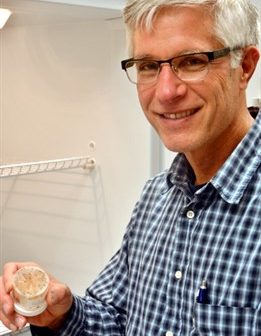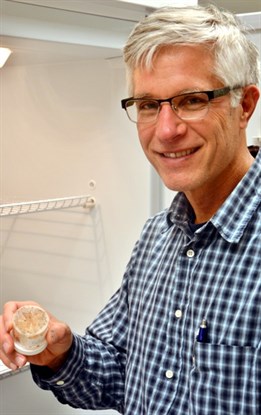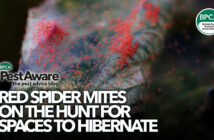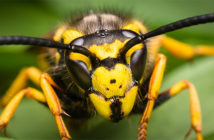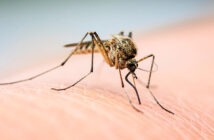Professor Ed Vargo from the Department of Entomology, Texas A&M University is looking for your help. He needs bed bug samples for globally significant research into the genetic make-up of bed bugs. This research is important work and may give insights into the worldwide spread of bed bugs in the modern resurgence as well as further detail on the mechanisms of insecticide resistance.
The plan is to undertake a worldwide genetic study of bed bugs to try and identify the geographic location(s) that serve as the source of resurgent bud bug infestations around the world and to help us trace the routes by which bed bugs have spread. The study will use state-of-the-art genetic techniques to examine genetic diversity throughout the entire genetic code of bed bugs.
| Only a few samples (up to 30 but three will be sufficient) are required from each single infestation site. A single site is a house, an apartment, a hotel room, or a similar easily defined unit.
The bugs should be placed in 95% ethanol until shipping. For shipping, they should be placed in glass or polypropylene (plastic) vials with screw caps with tissue or cotton soaked in ethanol. Prof Vargo can send you suitable vials and alcohol. Follow this link to email him your requirements. Place a good label on, or in, the vial written in pencil or laser ink indicating your name and contact details, the date and location from which the bugs were collected together with GPS coordinates, if known. Full instructions for bed bug samples, including a label template can be downloaded here. Prof Vargo can also provide you with a FedEx account number to cover shipping charges. Prof Vargo explains “As far as locations from which we need samples go, we have a decent number from Europe, although more from the UK would be good. I’m expecting a sample from the Ukraine and am trying to get some from Russia, but samples from Russia and the former Soviet countries would be very helpful. Also more samples from Africa, the Middle East, Australia, Asia and Latin America would be great. We have many samples from the US, but we could use more samples from the West Coast of the USA.” Samples should be sent to: |
|
|
| This work is being part funded by a grant from the Bayer Foundation (USA). | ||

